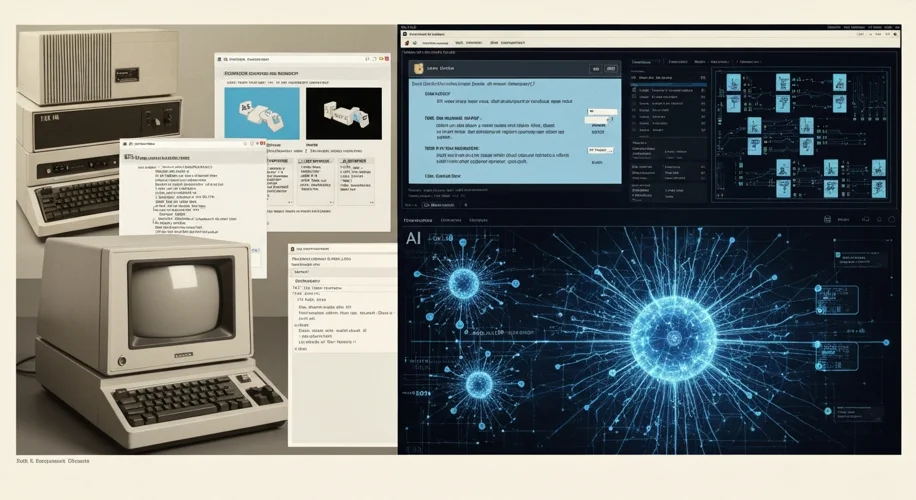It’s fascinating to witness the current fervor surrounding advancements in AI architectures. We’re hearing claims of ‘100x faster reasoning,’ echoing the breathless excitement that accompanied earlier technological leaps, like the dawn of the internet and the World Wide Web.
As a retired archivist, I’ve spent decades immersed in the history of technology, meticulously cataloging documents that chart the trajectory of innovation. From my vantage point, there’s a discernible pattern here – a recurring cycle of fervent anticipation followed by a more nuanced reality.
Let’s cast our minds back to the early days of the internet. The World Wide Web promised to connect everyone, transforming commerce, communication, and education. Early prognostications often painted a picture of instant, universal access and unprecedented disruption. While the internet has indeed reshaped our world in profound ways, the journey wasn’t quite the overnight revolution some predicted. Building the infrastructure, developing user-friendly interfaces, and fostering widespread adoption took time, considerable investment, and a great deal of iterative development.
Similarly, consider the advent of the personal computer. The idea of a powerful computing device in every home was revolutionary. Yet, the early machines were often clunky, expensive, and required significant technical know-how. The initial promise of effortless productivity and boundless creativity was tempered by technical limitations and a steep learning curve.
This pattern isn’t about dismissing innovation; it’s about understanding its evolution. Each wave of technology, from the telegraph to the smartphone, has generated its own set of hyperbolic claims. The underlying ingenuity and potential are often immense, but the path from breakthrough to ubiquitous, seamless integration is rarely a straight line. There are technical hurdles, usability challenges, and the sheer complexity of integrating new systems into existing societal structures.
Today, with AI, we see similar dynamics at play. The potential for AI to enhance everything from scientific research to creative endeavors is undeniable. However, when we hear claims of ‘100x’ improvements, it’s valuable to engage with a critical, yet hopeful, perspective. This cyclical nature of technological progress – the ebb and flow of hype and reality – teaches us the importance of measured expectations and the appreciation of gradual, persistent improvement.
In my years working with historical documents, I’ve seen countless examples of brilliant ideas that took years, even decades, to mature and find their true application. The ingenuity of early engineers and thinkers is inspiring, and it’s this same spirit that drives current AI development. The key takeaway is that significant technological shifts are often a marathon, not a sprint, built on layers of incremental progress rather than a single, blinding flash of innovation.

